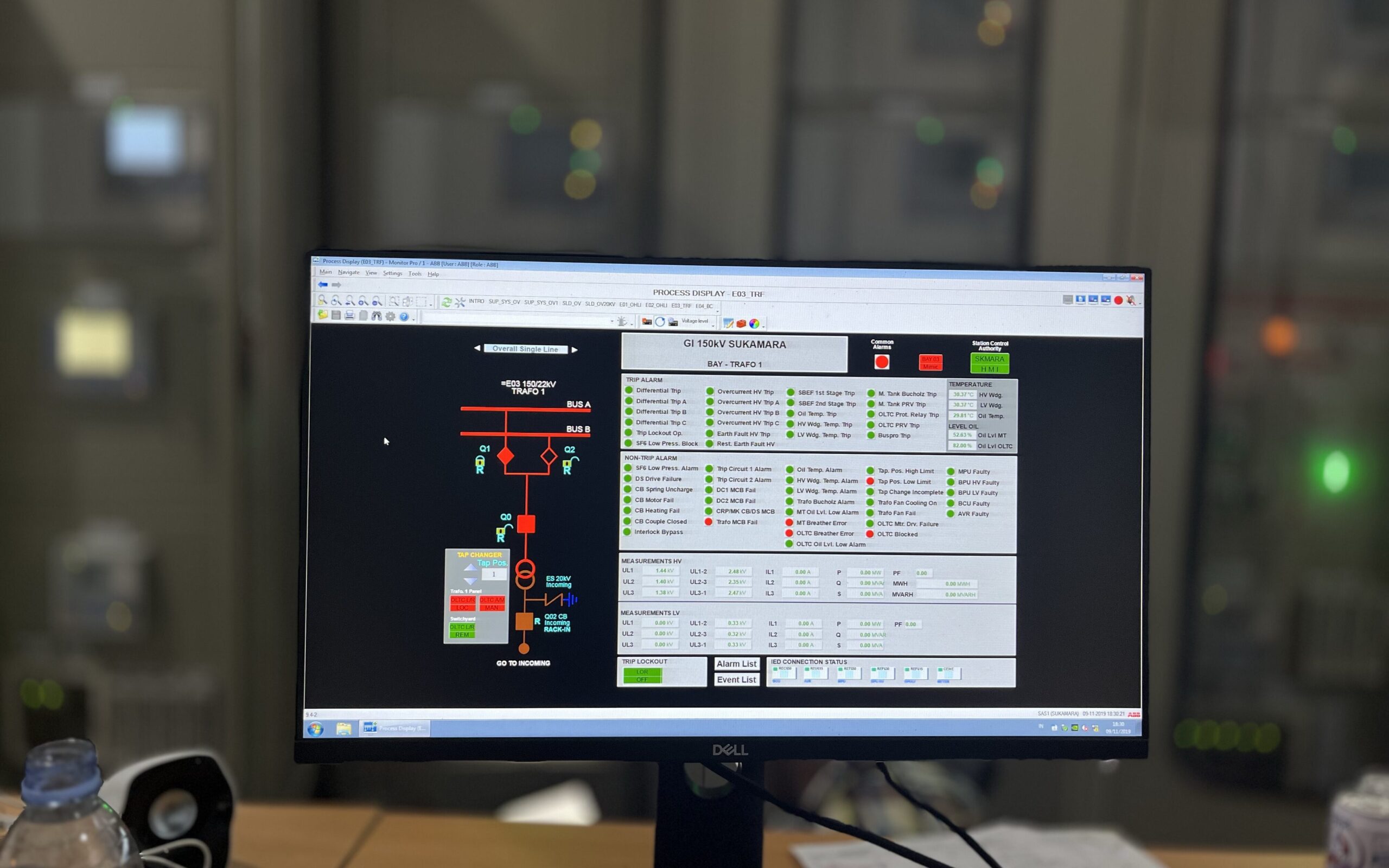
What is Substation Automation System?
A substation automation system (SAS) is a computer-based system employed in electrical power grids for the purpose of remotely monitoring and controlling various substation equipment. The SAS typically encompasses a network of intelligent electronic devices (IEDs), communications equipment, and software applications that facilitate real-time monitoring, control, and analysis of the substation equipment.
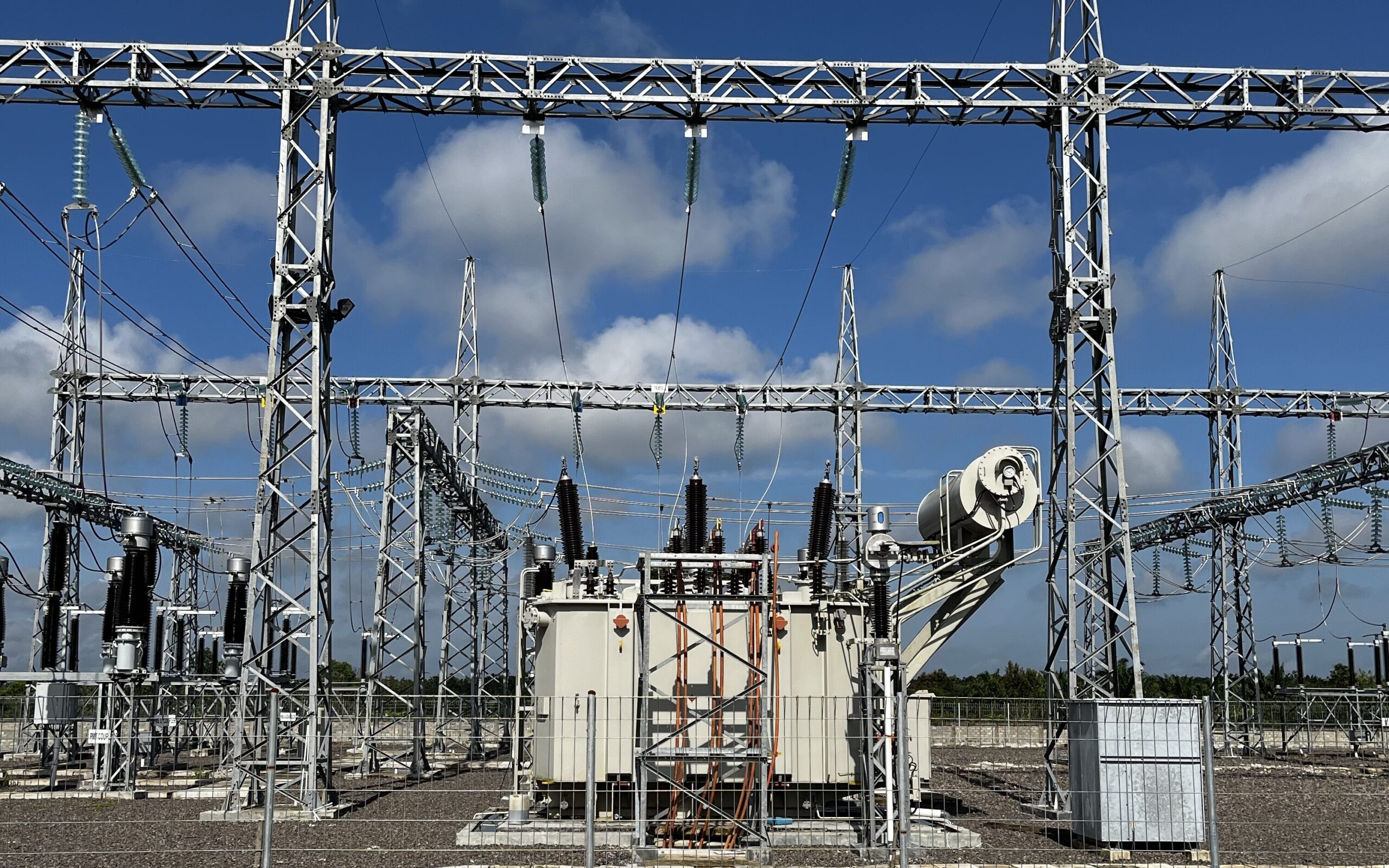
Here is the equipment of the substation:
The primary functions of a substation automation system include collecting data from the substation equipment, analyzing the data, controlling the equipment remotely, and communicating with other systems and devices within the power grid. The SAS can also be used to detect and isolate faults in the power grid, improve power quality, and enhance overall system reliability and efficiency.
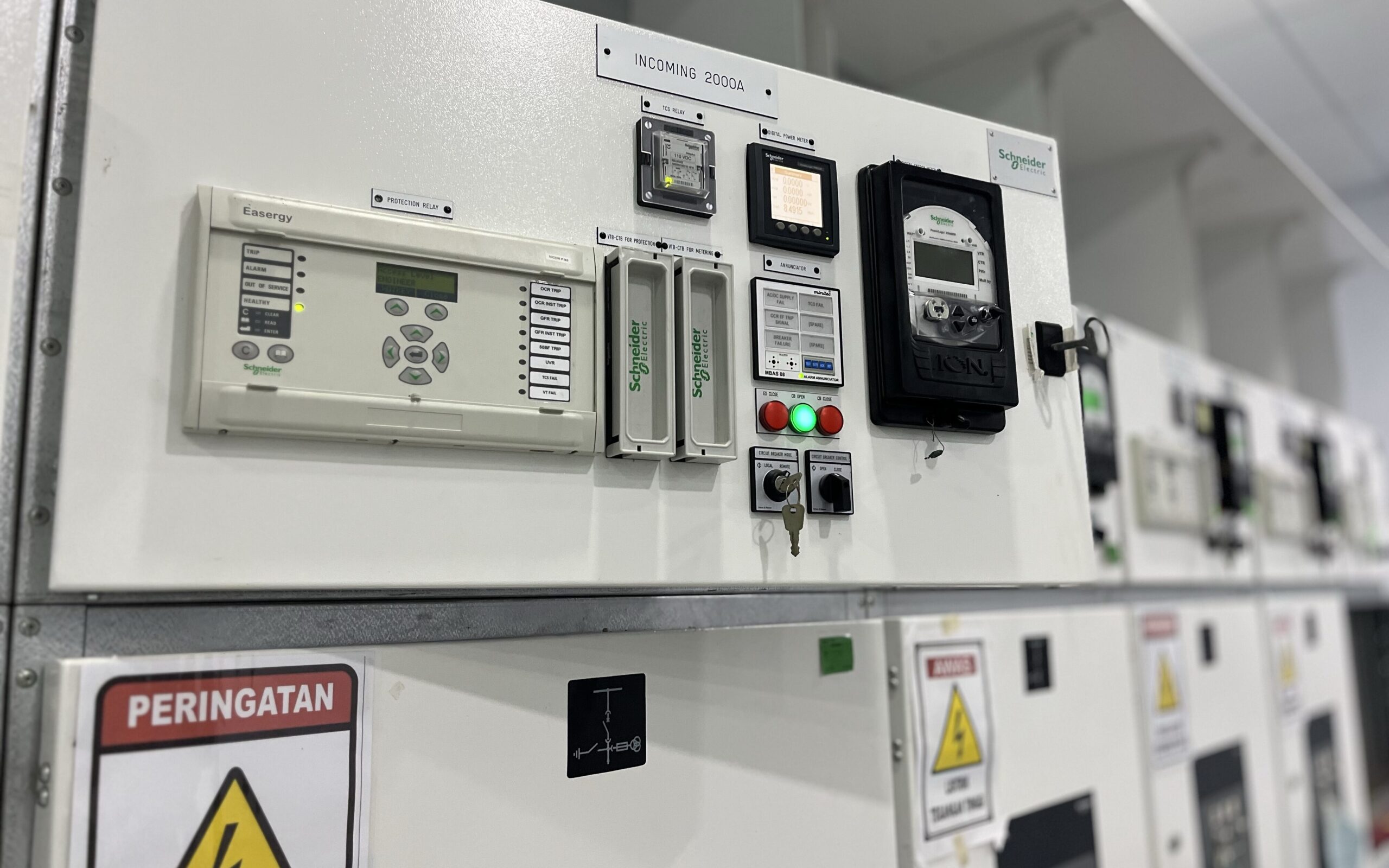
Some of the typical components of a substation automation system include protective relays, digital fault recorders, intelligent electronic devices (IEDs), supervisory control and data acquisition (SCADA) systems, and communication networks such as Ethernet, fiber optic, or radio systems. With the increasing use of smart grid technology, substation automation systems are becoming more sophisticated, with features like advanced analytics and predictive maintenance capabilities.
SAS technology enables remote monitoring and control of the substation equipment, and can also provide real-time information on the performance of the power system, which allows operators to make informed decisions quickly. Substation Automation Systems also supports various communication protocols, such as IEC 61850, DNP3, and Modbus, which allow for seamless integration with other automation systems, such as SCADA systems.
A SAS typically consists of several components, including sensors and transducers to measure voltage, current, and other electrical parameters, programmable logic controllers (PLCs) to control the substation equipment, and communication systems to exchange data and commands with other substations and the control center.
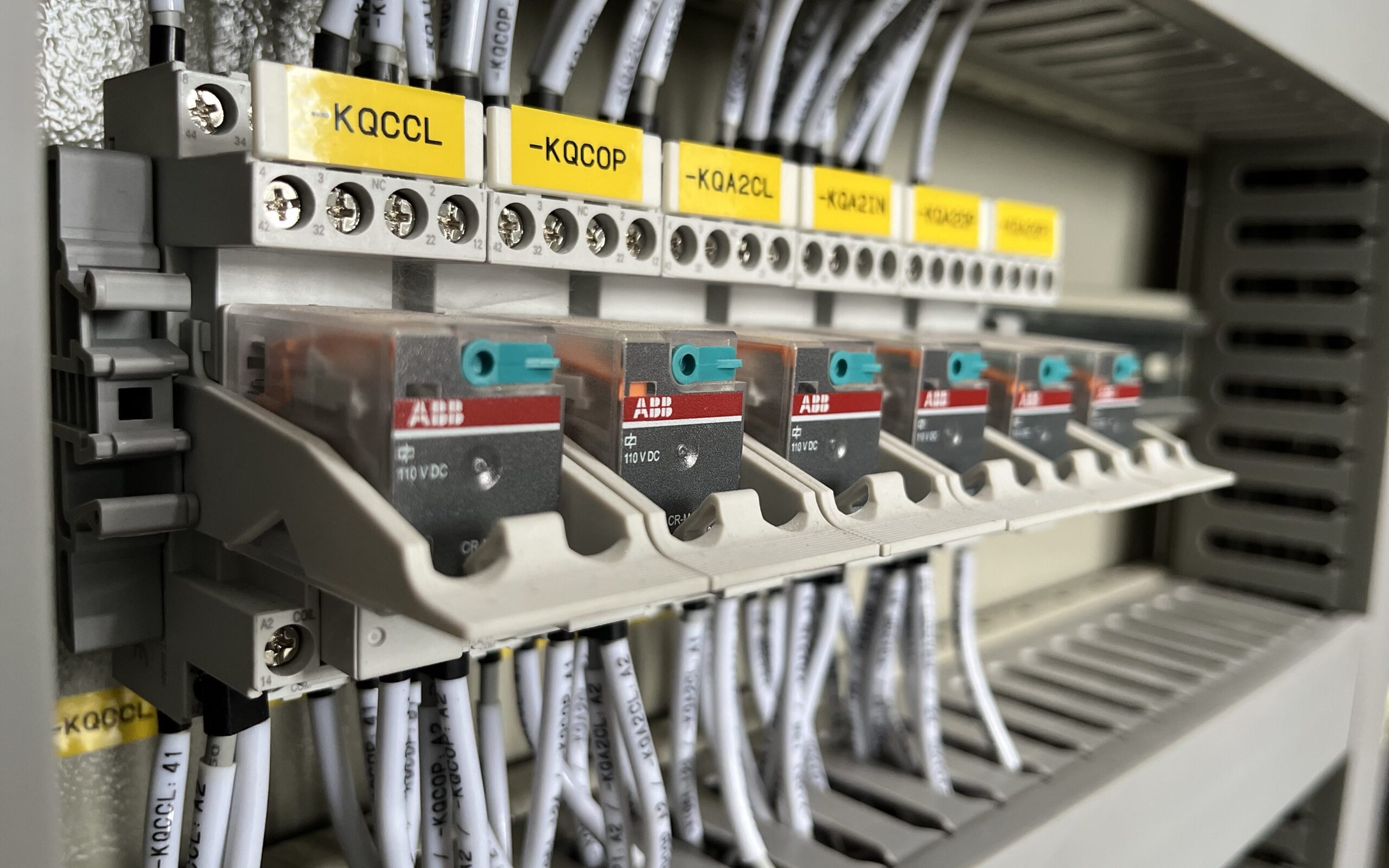
The SAS provides real-time monitoring and control of the substation equipment, enabling operators to detect faults, isolate them, and restore power quickly. It also provides valuable information about the status of the substation and the power grid, allowing operators to optimize the operation of the substation and the grid.
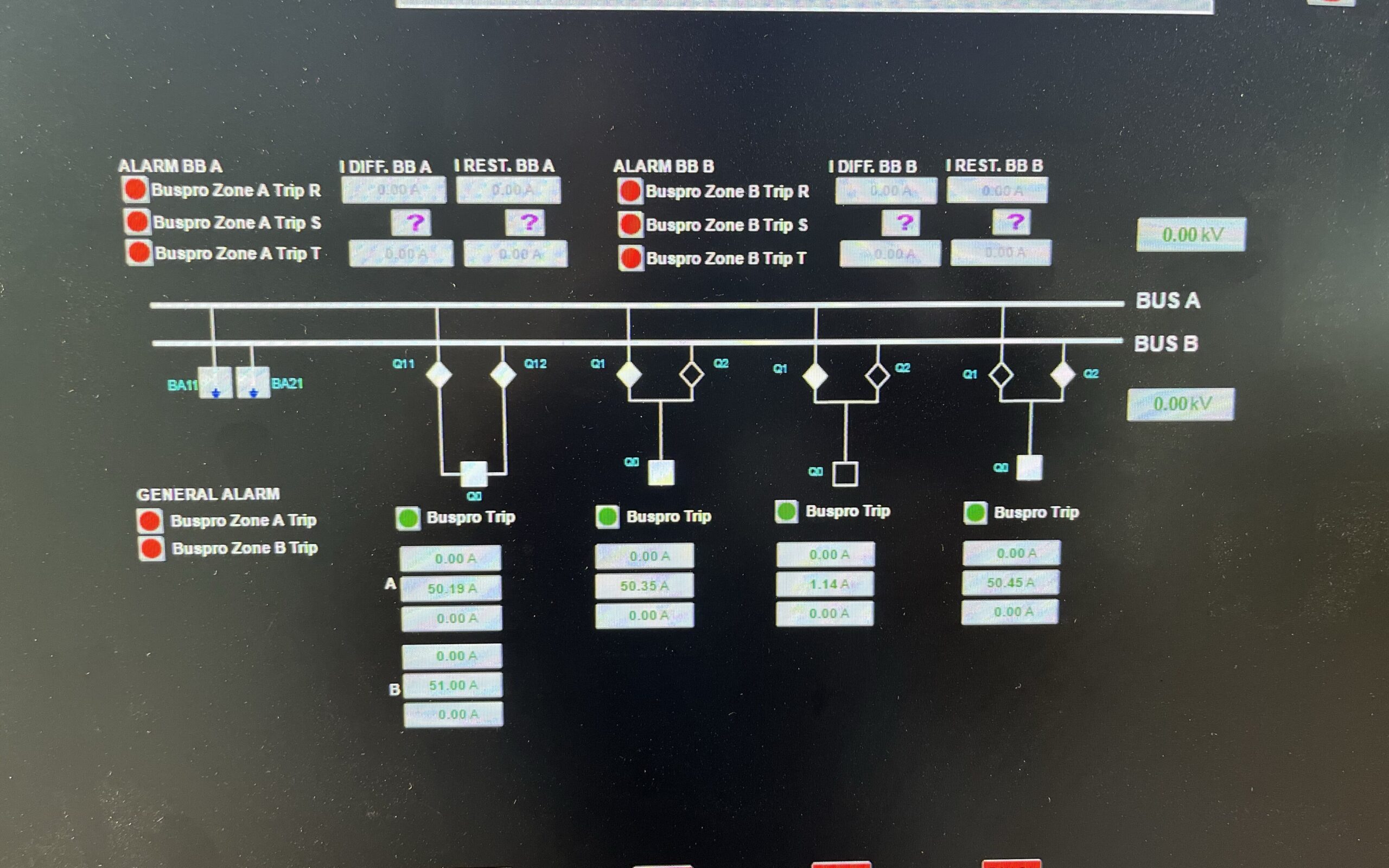
In addition, the SAS can be integrated with other systems, such as distribution management systems (DMS) and energy management systems (EMS), to provide a comprehensive view of the power system and enable coordinated control and optimization of the entire grid.
The SAS is a comprehensive solution that provides monitoring, control, protection, and data acquisition capabilities for substation equipment. It typically includes a number of different components, such as:
- Remote Terminal Units (RTUs) – These devices collect data from sensors and relays in the substation and transmit it to a central control system.
- Intelligent Electronic Devices (IEDs) – These devices are used to control and monitor substation equipment, including circuit breakers, transformers, and relays.
- Human-Machine Interfaces (HMIs) – These are software applications that provide a graphical interface for operators to monitor and control the substation.
- Communication networks – These networks are used to transmit data between the different components of the SAS, as well as to other parts of the power grid.

You must be logged in to post a comment.